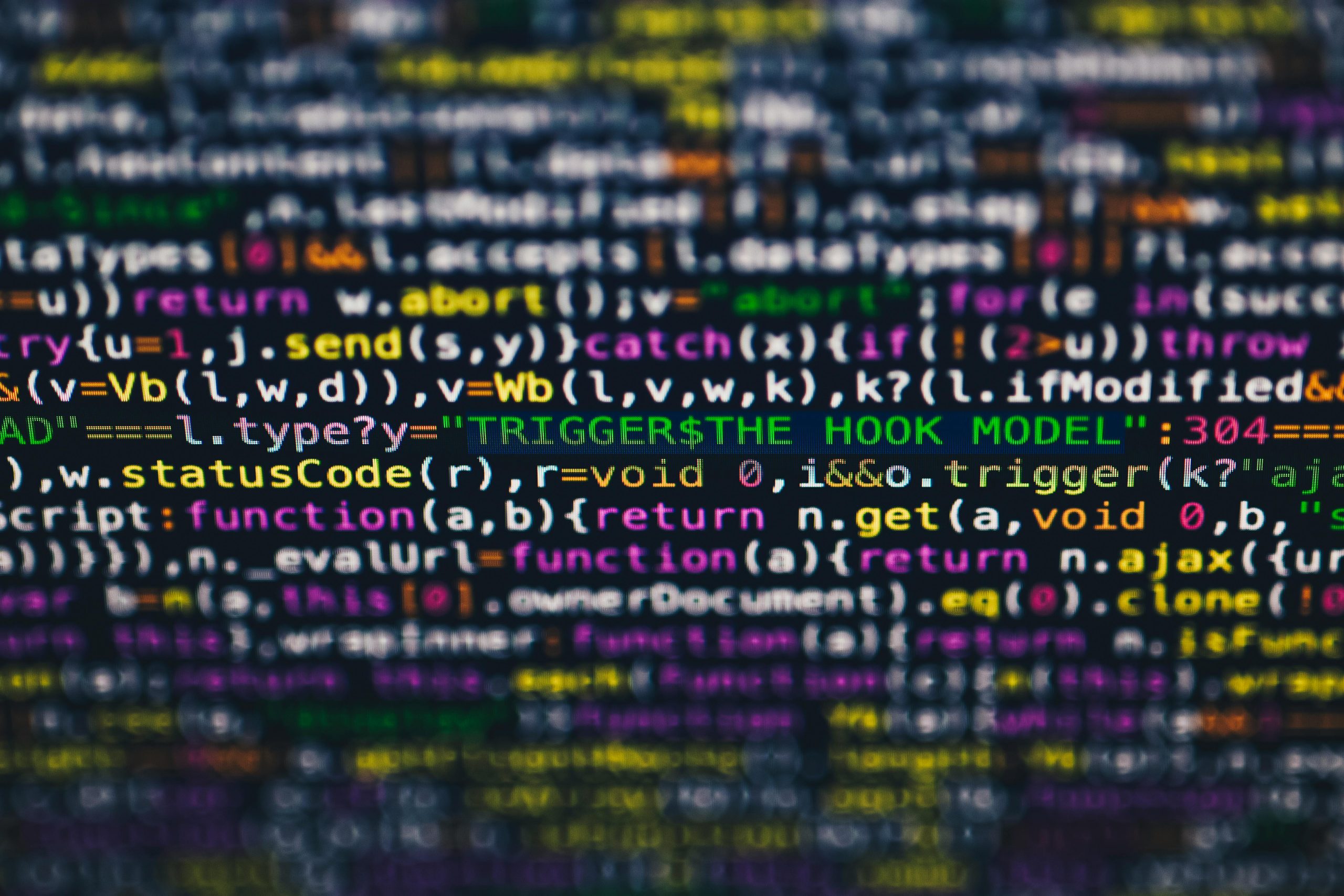Optimizing Your PC Build: Troubleshooting Stability Issues Post-BIOS Update
Building a high-performance PC is an exciting endeavor, but it can also come with unexpected challenges, especially when encountering system instability after BIOS updates. If you’re facing persistent crashes, freezes, or blue screens of death (BSODs) following a BIOS update, this article aims to guide you through common troubleshooting steps and considerations to help restore stability to your rig.
System Configuration Overview
- Processor: Intel Core i7-14700KF
- Graphics Card: AMD Radeon RX 7900 XT (XFX Mercury)
- Motherboard: NZXT N7 Z790
- Memory: Corsair Vengeance DDR5, 32GB (2×16GB), 6000 MHz CL36
- Power Supply: Corsair RM1200x Shift (80+ Gold, Fully Modular)
- Storage:
- Crucial P3 500GB (PCIe 3.0, OS drive)
- Crucial P5 Plus 2TB (PCIe 4.0)
Common Symptoms Experienced
- Sudden game crashes and system freezes, often accompanied by disruptive audio loops.
- High memory consumption during gaming sessions, leading to crashes.
- Complete system hangs with certain indie titles.
- Occasional stable operation with some titles like Elden Ring or Warframe.
- Frequent Kernel-Processor-Power errors (Event Viewer ID 34).
- Windows setup failures, even before partition selection.
- USB connectivity issues, including devices disconnecting randomly.
- GPU detected only in the secondary PCIe slot, with the primary slot non-functional.
Troubleshooting Steps Attempted
- BIOS Updates & Settings:
- Updated BIOS to version 17.03, purportedly fixing CPU-related issues.
- Reset BIOS to default settings.
- Disabled XMP profiles and manually set RAM to DDR5-4800.
-
Adjusted CPU power limits (PL1 and PL2) and set a longer Tau to manage thermal and power stability.
-
Windows & Driver Installation:
-
Created a Windows 11 installation drive; encountered crashes early during setup.
-
Hardware Checks:
- Observed USB ports behavior, with intermittent device disconnections.
- Noted GPU functionality is limited to the second PCIe slot; the first is non-operational.
Diagnosed Concerns and Suspicions
Given the extensive troubleshooting, the probable culprit appears to be the motherboard. The NZ
Share this content:



